Executive Summary | Abstract | TL;DR
In an organization with multiple products, brands or sub-brands, their relationships to each other need to be carefully considered because they will have an impact on each other’s brand associations and brand equity. There are five strategies.
1) Master Brand strategy: the company brand is the focus and is indivisible from the sub-brand.
2) Sub-brand strategy: the company brand and the product brand are of equal focus.
3) Endorsed brand strategy: the organization brand is present to support the product brand, but the product brand is the focus.
4) Associated brands strategy: two brands that are linked by context.
5) Independent brands strategy: the product brands have no link to their parent company.
1100 words | 4 minute read
Your organization has multiple brands and sub-brands, and their relationships need to be considered.
Most brands have more than one product offering, and how these products and services relate back to the brand needs to be carefully considered.
Brands can relate to their products and brands in five ways: master brand, sub-brand, endorsed brand, associated brand, and independent. These are defined in detail by David Aaker in this piece on Prophet blog. I aim to give a summary and examples of the strategies in this article and talk about why you would choose one strategy over the other in subsequent blog posts.
Master Brand
A master brand appears in the name of each of the products or divisions. The product / division and the master brand have the exact same perceptual properties. The product and the brand are indivisible.
For example, Philips Healthcare cannot be separated. “Healthcare” is nothing without “Philips.” It could not get spun out or sold. Operating and promoting the business under this name only builds brand equity only for the Philips brand.
Examples:



Sub-brand
A sub-brand appears with the parent brand with nearly equal size and placement. A sub-brand modifies the perceived qualities of the parent brand. This is helpful to distinguish one division or product offerings from another. Studies show that most of the brand equity remains with the parent brand, but sub-brands have value and could theoretically be sold or spun out.
For example, the Samsung Galaxy is reserved for smartphones, while Samsung Tab is reserved for tablets. People can have very different relationships with Galaxy versus Tab, and the distinction in names is a mental shortcut to help the consumer know what features the product will have. Customers know Galaxy products will be pocket-sized and have cell phone radios, while Tab products will be larger and be made to run only on Wifi.
Examples:
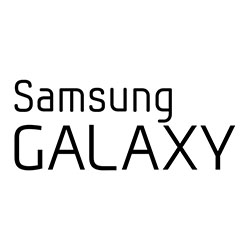
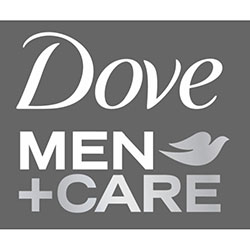
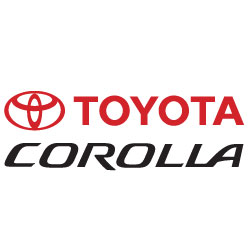
BMB goes into depth on more examples of sub-brands in the article: Examples of Successful Sub-Brands. My favorite examples of a sub-brand is Lenovo Legion because it uses all the strategically valuable properties of a sub-brand. We talk about Lenovo in the article
Endorsed Brand
One brand is endorsed by another. The endorsee brand is presented larger and up front. The endorsee brand gains credibility and associations while building the bulk of the brand equity. The endorser brand gains exposure as the brand is operated and promoted.
For example, “Cadbury” is the endorser brand for “Wunderbar.” You probably would just refer to Cadbury Wunderbar as “Wunderbar;” this is because most of the brand equity is in the endorsee brand. But consumers are assured that the chocolate bar will be of a certain quality and level of taste because of the endorsement of Cadbury. Someone who likes Cadbury products may be inclined to try Wunderbar when the otherwise wouldn’t have. Cadbury could sell Wunderbar to Nestle or Hersey, if they were so inclined.
Examples:



Associated Brands
Associated Brands are two brands with the same parent company that are associated in people’s minds because they are distributed together. The brands’ logos may appear together but are graphically separated. The association does not add enough value to be a sub-brand or an endorsed brand but appearing together neutral for each brand (if not positive.) Sometimes brands choose an associated relationship because an endorsement of the parent brand would affect business relationships of their external partners, as is the case with many store brands (e.g. Walmart and their store brand Great Value.)
For example, Toyota owns Lexus. Their dealerships are often together, if not in the same building. Nowhere does Lexus call attention to the association with Toyota in their marketing material, but it is well known that they are engineered, manufactured and sold together. This association is somewhat good for the brands because they are both known for quality, but they keep them separate because Lexus buyers and Toyota buyers are completely different demographics and have different expectations of their products.
Examples:
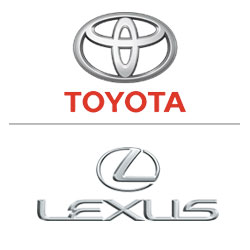
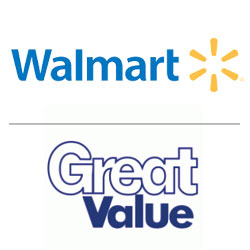
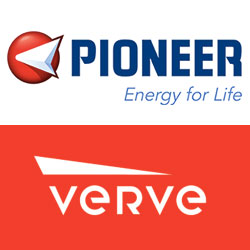
Independent Brand
An independent brand has no relationship to the brand of the parent company. Any association with the parent company brand would be a liability in the effort to build the independent brand in the way the marketing strategists would like. The independent brand typically came to the parent company through acquisition, but they could have started it from scratch; either way, they feel they have the intellectual property or infrastructure to make an independent brand a success.
For example, YouTube is owned by Google (via Alphabet), but their brands have no association at all. Google has other brands that use the sub-brand strategy (such as Google+, Google Drive) and the endorsed brand strategy (such as Gmail), but they keep YouTube independent because appearing together would be a liability for both brands. The Google brand is built upon unbiased search results, and YouTube results naturally get great placement for a lot of queries. A closer relationship between the two brands would bring questions about Google favoring his own services by both customers and regulators. Google, a parent company, is good for YouTube because they have the engineering and server support to help YouTube, as well as the patents to defend them legally.
Examples:

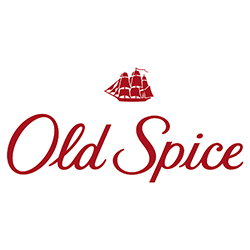

It is important to note that these strategies are on a spectrum, and some brand relationships are in the grey area in between two strategies
“When thinking about selecting the right position on the brand relationship spectrum, there is no one-size-fits all solution.”
– David Aaker, Profet blog article
There is a lot more to go over. I urge you to read David Aaker’s original article. We will review the nuance of the strategies and why you would use one over the other in later articles.
If you enjoyed this, check out our article on the definition of brand with the definition from David Aaker, and many other marketing strategists.

Leave a Reply